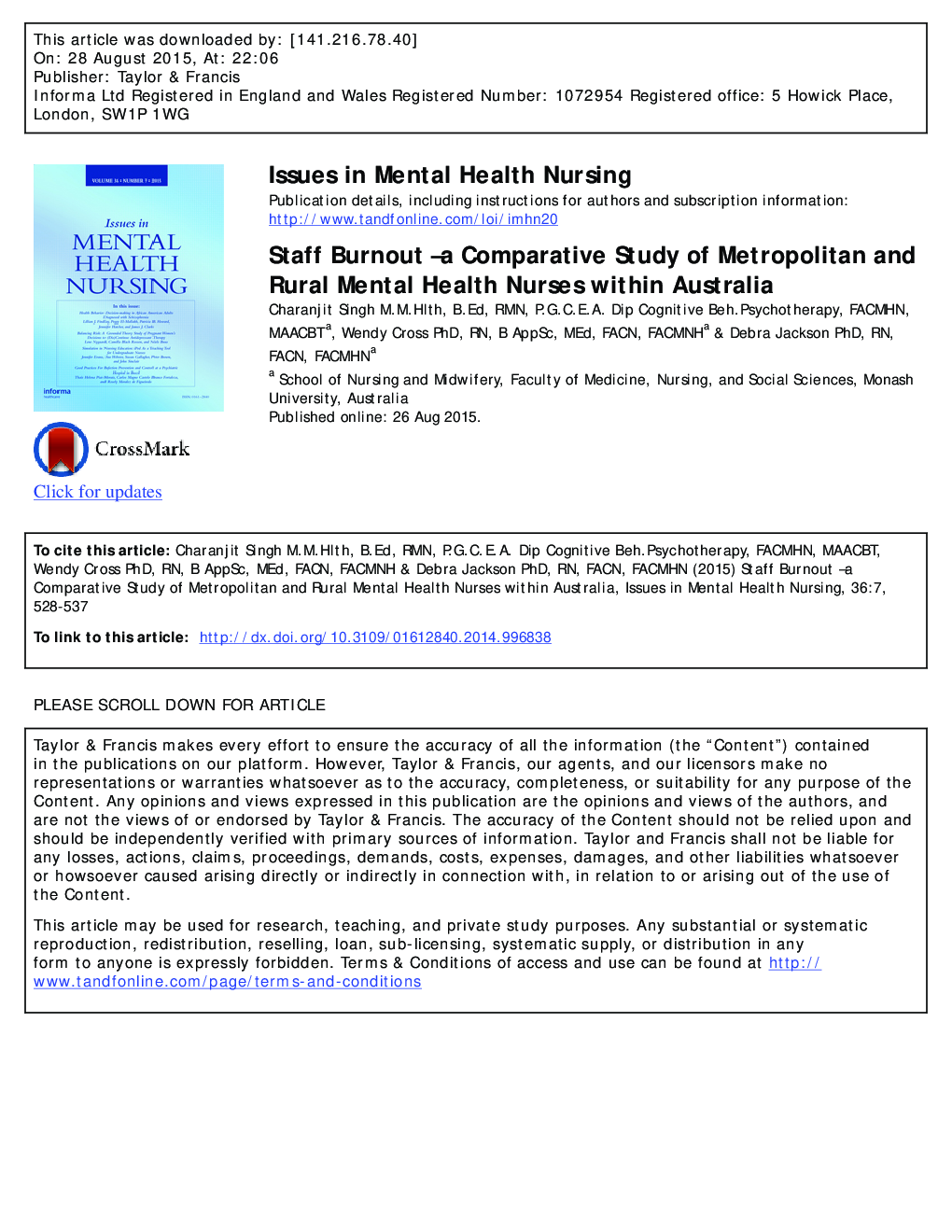| Article ID | Journal | Published Year | Pages | File Type |
|---|---|---|---|---|
| 5090318 | Journal of Banking & Finance | 2009 | 11 Pages |
Abstract
Previous research shows that bank information production mitigates asymmetric information problems. However, this literature has ignored the concern that firms with better growth prospects are more vulnerable to bank rent extraction. This paper points out that funding competition from new equity as an effective natural mechanism solves this important concern. Using Japanese data from 1983 to 1997, we show that the relationship between loan-to-debt ratio and growth, while starting significantly negative (consistent with holdup theory), turns significantly positive towards the high end of the growth spectrum. We confirm that high-growth firms raise more new equity than do low growth firms and use more equity relative to bonds in external finance. This is consistent with a generalized Myers-Majluf framework. These results suggest that for high growth firms, when competition from public debt lessens due to increased growth-based valuations, competition from new equity steps in to restrain bank rent extraction.
Related Topics
Social Sciences and Humanities
Economics, Econometrics and Finance
Economics and Econometrics
Authors
Xueping Wu, Piet Sercu, Jun Yao,
